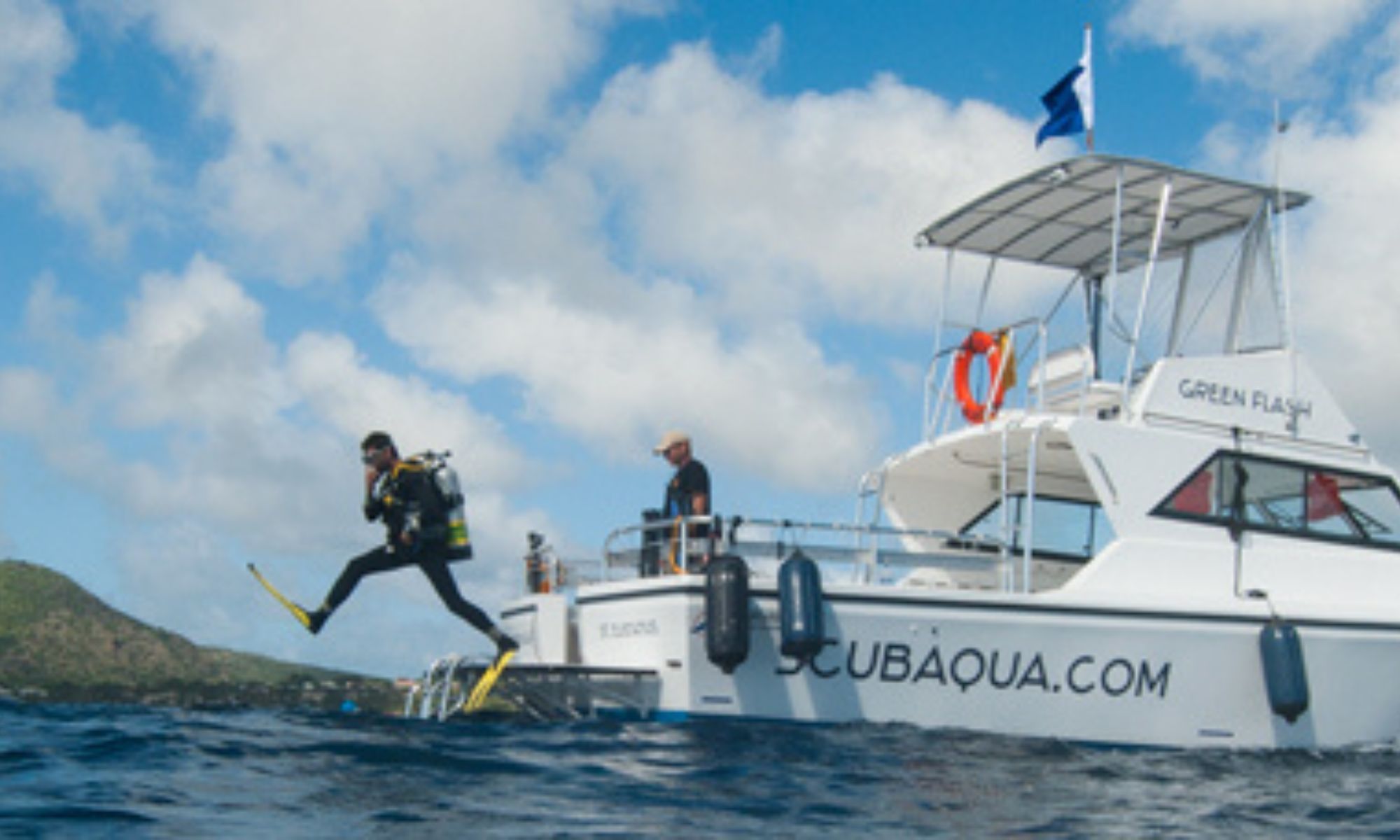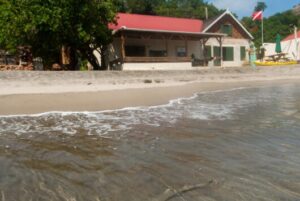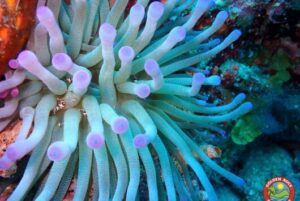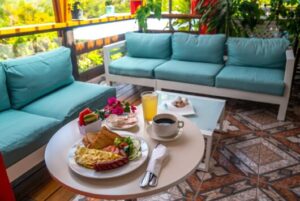- They have shown at least 60% compliance with the Green Destinations Core Criteria.
- They have submitted a story that was selected to the list for its innovative, effective and / or transferable good management practice.
Sint Eustatius
Tranquility and adventure within a hidden paradise
Why visit Sint Eustatius
It’s hard to imagine that this hidden secret Sint Eustatius (Statia in local slang), was once the busiest port of the Caribbean in the eighteenth century. Thousands of large merchant ships visited the island in its heyday every year and it was known as the trading center of the world. It changed hands 22 times before it became one of the Dutch Caribbean islands. Now Statia is a sleepy island where time stood still.
Almost all of the warehouses located in Lower Town transformed into ruins. No Starbuck’s or Mc Donald’s, no shopping malls and all-inclusive resorts but instead a genuine Caribbean atmosphere with friendly locals and little family owned restaurants and bars.
The dormant volcano dominates the landscape and holds an evergreen rainforest in its crater. The view from the rim is like watching Jurassic Parc on a enormous screen. Here you find Holland’s biggest tree and smallest bird among protected species of wildlife like the lesser Antillian iguana. But the real hidden treasure awaits under the clear waters of the Caribbean sea. Read further to find out more about Sint Eustatius ecotravel!
Destination’s sustainability performance
GOOD BUSINESSES
Discover accommodations, restaurants, shops and activities that are committed to sustainability. Their efforts are summarised in a SCORECARD (click on the picture). For the Good Travel Seal, the higher the level, the more things are checked by an independent auditor.
- Activities
Scubaqua Dive center (not valid)
GTS 3 Star, VA Checked
Culture & Local Life
St. Eustatius is known as “the historical gem of the Caribbean” attributed to its rich history and conservation of the island’s heritage. The island is an open-air museum as you will find various ruins left from the 1700’s. There are numerous stories to be told from the time St. Eustatius was known as the Golden Rock.
St. Eustatius does not cater to mass tourism, instead it offers its visitors various ecotourism activities involving exploration of its rainforest, hiking its trails, and so much more. The local environmental organization St. Eustatius National Parks Foundation (STENAPA) actively works on protecting the marine life and terrestrial environment of the island. It manages various ecotourism activities and encourage visitors to leave no ecological trace behind them.
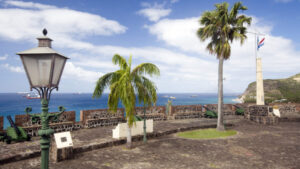
The First Salute
The First Salute St. Eustatius is strongly associated with the United States, as it engaged in an act known as the “first salute”. On November 16, 1776, a 13-gun salute was fired by the American war vessel Andrew Doria as a tribute to the authorities in St. Eustatius. The governor Johannes de Graaff responded by giving orders to fire the cannons of Fort Oranje in a counter-salute. In doing so, St. Eustatius became the first foreign nation to officially recognize the newly formed United States of America as an independent country.
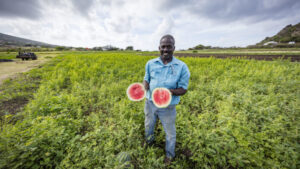
Promoting local products and services
The local government has taken measures to stimulate the creation of small businesses in the tourism and hospitality industry. Locals are encouraged through the “Tourism Development Foundation” to invest in the creation of hospitality-related businesses, and they are also formed in several areas via the “Tourism Training and Management Development Programme”
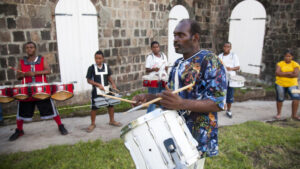
Music and dance
To experience the culture of St. Eustatius, visitors will have to go at the heart of it which is the music and the dance. The opportunity to participate in such experience is plentiful as St. Eustatius holds quite a number of events all around the year; Few of their most well-known events are on July 1st, the Emancipation Day, last two weeks of July is the Carnival events, On November 13th, the Golden Rock Regatta, November 16th is the St. Eustatius Day, and on December 15th the Christmas Red and White Parade.
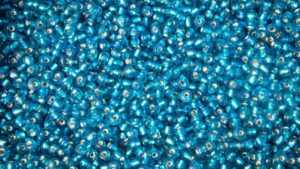
The legendary blue beads
Did you know that the only historical artefact that visitors are allowed to leave the island with are the Blue Beads? The Blue Beads were used as the local currency back in the 17th century. Due to the small chance of finding one of these blue beads, legends says that if you find one, you will return to St. Eustatius again and again.

Sustainability
St. Eustatius is thriving to generate energy from renewable sources. During the day, the island’s solar park generates the energy to meet the full electricity demand while in the evening and night, production of electricity is switched over to diesel generators. The island made tremendous efforts in waste management: with its recycling approach it sorted and integrated its waste for further usage that significantly reduced the potential contamination of the island’s marine and terrestrial life.
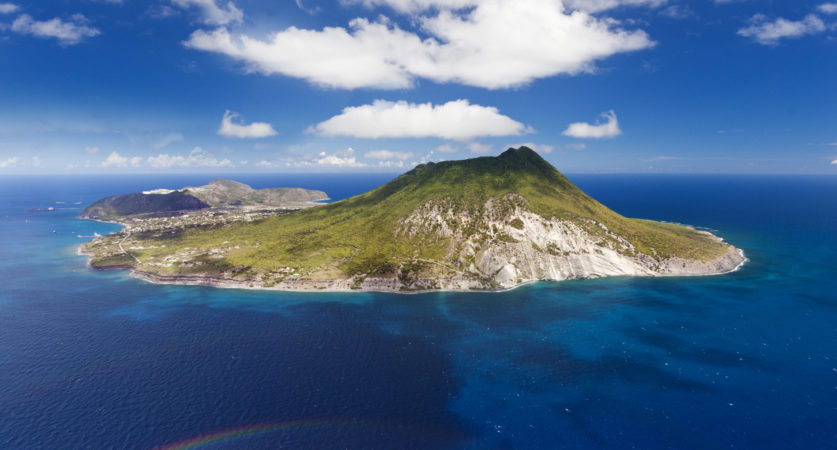
Getting there
To reach the island of St. Eustatius, you first have to fly by plane to St. Maarten. From St. Maarten, you can catch the ferry to St. Eustatius. Don’t forget to offset your carbon footprint by joining your trusted eco projects! 🙂

Getting around
Being a small island, in St. Eustatius there is no public transport. However, locals walk, cycle or hitch-hike. For farther places such as certain beaches or nature reserves, certain hotels run daily minibus trips. STENAPA offers several hiking routes with varying degrees of difficulty to enjoy during your Sint Eustatius Ecotravel.
Nature & Wildlife
A key marine initiative by STENAPA was the St. Eustatius National Marine Park that was opened in 1998. The development of the Marine Park has led to the preservation of underwater nature. The seas around this paradise are considered to be among one of the most pristine in the world which can be attributed to the minimal diving pressure.
The Marine Park accommodates only 30 buoyed dive sites for boats up to 50 feet and 3 buoyed dive sites for boats up to 100 feet. The dive sites vary from coral reefs, drop-off and canyons to recent and historical wrecks. In order to protect the coral reefs from any damage, anchoring is prohibited in the Marine Park areas.
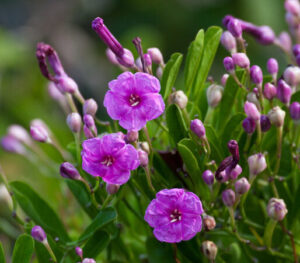
Morning Glory
St. Eustatius is the only place where this plant can be found and is notoriously difficult to propagate. It can be found flowering in the Northern hills.
Habitat: Morning Glory species are found in tropical and subtropical climates. Statia Morning Glory is unique to Statia and can only be found on the island. It grows in dry areas with lots of sunlight.
Location: Statia Morning Glory can be found on Signal Hill and certain areas of the NuStar Terminal compound. Some plants have also been seen on Bergje.
IUCN Red List: Cannot currently be found on the IUCN Red List but is protected under the Flora and Fauna Ordinance of the local government.
Fun Fact: Livestock avoid eating Statia Morning Glory as it contains toxic compounds that don’t make it taste very appetising.
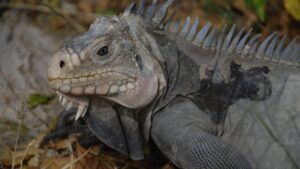
Iguana
St. Eustatius’ local iguana is critically endangered. It can only be found in the wild on three other islands in the world and Statia is one of them. At risk from crossbreeding with the invasive Green Iguana protecting this species is at the top of our list!
Habitat: Areas with lots of trees and shrubs of different types, mixed with open spaces and rocky outcrops
Diet: A range of fruits, flowers, leaves and seeds.
Location: Can be found all around the island, from quieter areas of town to areas in the National Parks.
IUCN red list status: Critically endangered
Fun Fact: Male iguanas are quite territorial. They can sometimes be seen doing push ups or bobbing their head to scare off other male iguanas that come into their territory.
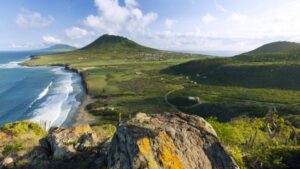
Quil National Park
Our Quill National Park is not easily missed. The dormant volcano called the ‘Quill’ is one of the first things you see when you arrive on Statia. We manage the area from the 250m-elevation line upwards including the volcano crater. There are 8 trails that allow you to ascend through thorny woodland all the way up to the elfin forest at the crater’s rim.
Take a trip to Mazinga Peak, the highest point on St. Eustatius, offering a 360 degree view of the island that will take your breath away.
Boven National Park covers Statia’s Northern Hills. Although it is only 2 miles away from the ‘Quill’, it is very different. Cacti and Acacia bushes cover rocky outcrops and open grassland. Several trails snake through valleys and along ridges, bringing you to secluded bays and viewpoints for a real Sint Eustatius ecotravel experience.
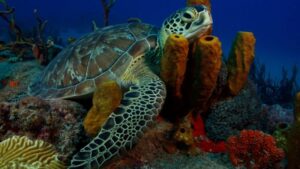
National Marine Park
Our Statia national marine park was created in 1996 and it surrounds the entire island. We actively manage the area from the high water line to the 30m depth contour, which totals 27.3 km² of marine protected area.
This is essential in protecting Statia’s pristine coral reefs, 18th century shipwrecks and vibrant sea life, such as sharks, rays and sea turtles. There are two reserves within the Marine Park, one at the North and one at the South designated as no fishing and no anchoring zones. This means that many of the coral reefs in the Reserves are in excellent condition. The Reserves are good news for the fishermen and divers too: healthy reefs mean more fish!
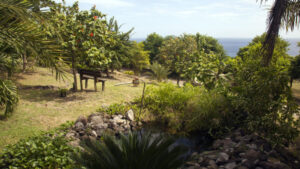
Miriam C. Schmidt Botanical Garden
The Miriam C. Schmidt Botanical Garden was founded in 1999 with the aim to create a peaceful space for the community where they can experience the cultivated native and tropical plants without the disruption of roaming animals. This botanical garden is found at the lower southern slope of the Quill and offers the perfect place to see nature up close for your Sint Eustatius ecotravel experience.
GOOD PLACES IN SINT EUSTATIUS

National Marine Park
Travel tips from our editors
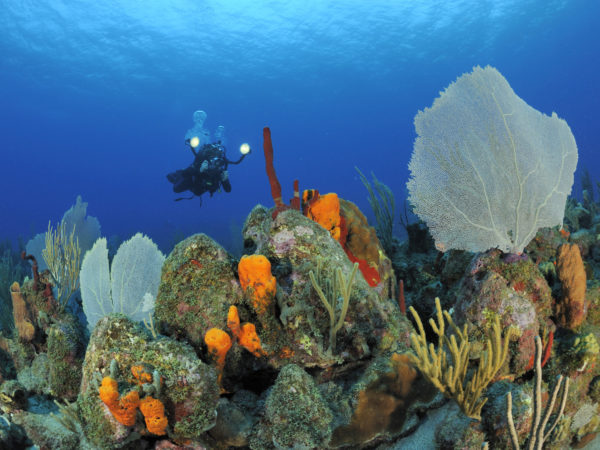
A diver’s paradise
The reefs surrounding St. Eustatius are flourishing in a protected marine park. Under water you will experience what much of the Caribbean must have looked like many years ago. Most of the 36 official dive sites are located in the two reserves which cover a large part of the northern and southwestern waters. The eye-catching volcano “the Quill” dominates the island with its impressive crater and is responsible for the huge amount of lava flows and blocks under the surface. These old labyrinths of lava are now fully overgrown with coral and sponges. Combine these reefs with numerous historical dive sites and more recent sunk wrecks and you have a diver’s paradise!

Diving and underwater photography
Wreck Diving: Statia boasts one of the best new wreck dives with the Charles L. Brown along with the Chien Tong and STENAPA Reef for those wreck dive lovers. Covered with healthy soft coral and swarming with reef sharks, horse eye jack, and Caribbean sting rays our wrecks are loved by all.
Macro Diving: Statia is loved by our macro photographers! Our waters are crawling with shrimps, sea slugs, and blennies galore! With small individualized groups, you get to dive the way you want with plenty of time to get that perfect photo.
On St. Eustatius, we are contained and safe with no mass tourism so divers can stay and dive comfortably and safely.
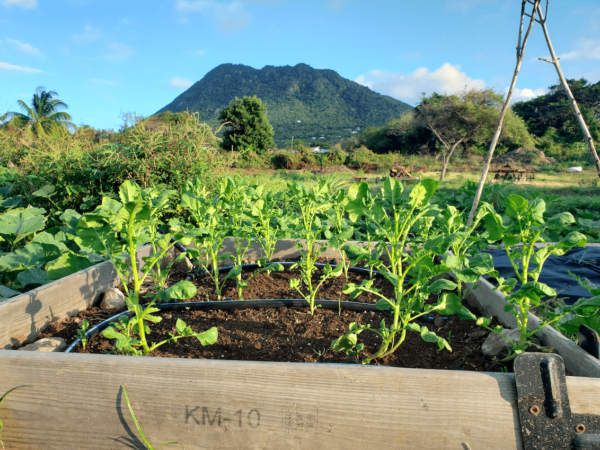
Waste plant
Do your part in keeping Statia clean! Separate your waste whenever possible, whether it is non-recyclables or dry recyclables. This will help in preserving the rich nature of Sint Eustatius ecotravel.
Sustainability Recognitions

St. Eustatius is included in both the 2019 and 2021 Top 100 Sustainable Destinations
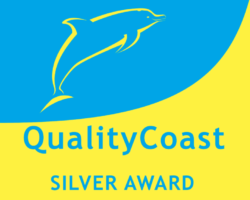
In 2019 St. Eustatius was awarded the QualityCoast Silver Award
What does it mean?
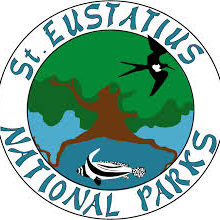
St. Eustatius National Parks Foundation (STENAPA)
STENAPA manages the three National Parks in St. Eustatius; The Quill/ Boven National Park, the National Marine Park and the Miriam C. Schmidt Botanical Garden. Stenapa’s headquarters are located on Oranje Bay and continuously provide important environmental information and monitors the parks activities to guarantee the protection of the marine life species as well as the island’s historic artefacts. STENAPA also established the Sea Turtle Conservation Program, to protect the nests of sea turtles from joy-riding and pollution; these animals, every year between March and November, lay their eggs on the beaches of St. Eustatius.
If you are interested in contributing to nature on a small Caribbean island, you can join STENAPA as an intern or volunteer. Click here for more information.
Visit other destinations nearby
Get in touch
Support
We are a multicultural, creative and dedicated team working to promote sustainable tourism. Join us in our fight against the climate crisis, single-use plastics and over-tourism!

